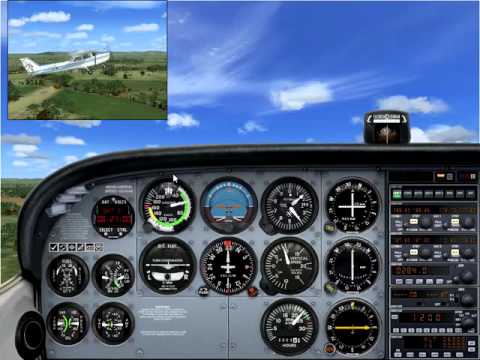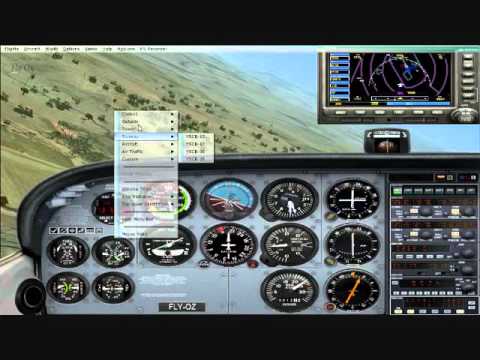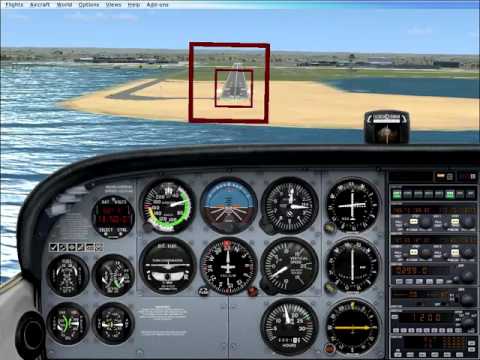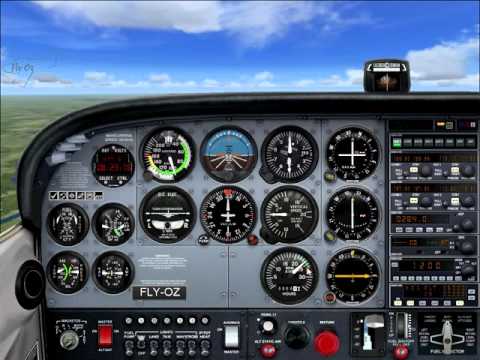1 views
9 years ago
1 views
9 years ago
1 views
9 years ago
1 views
9 years ago
1 views
9 years ago
1 views
9 years ago
48 views 10 years ago
780 views 11 years ago
546 views 11 years ago
212 views 11 years ago
41 views 11 years ago
880 views 11 years ago











